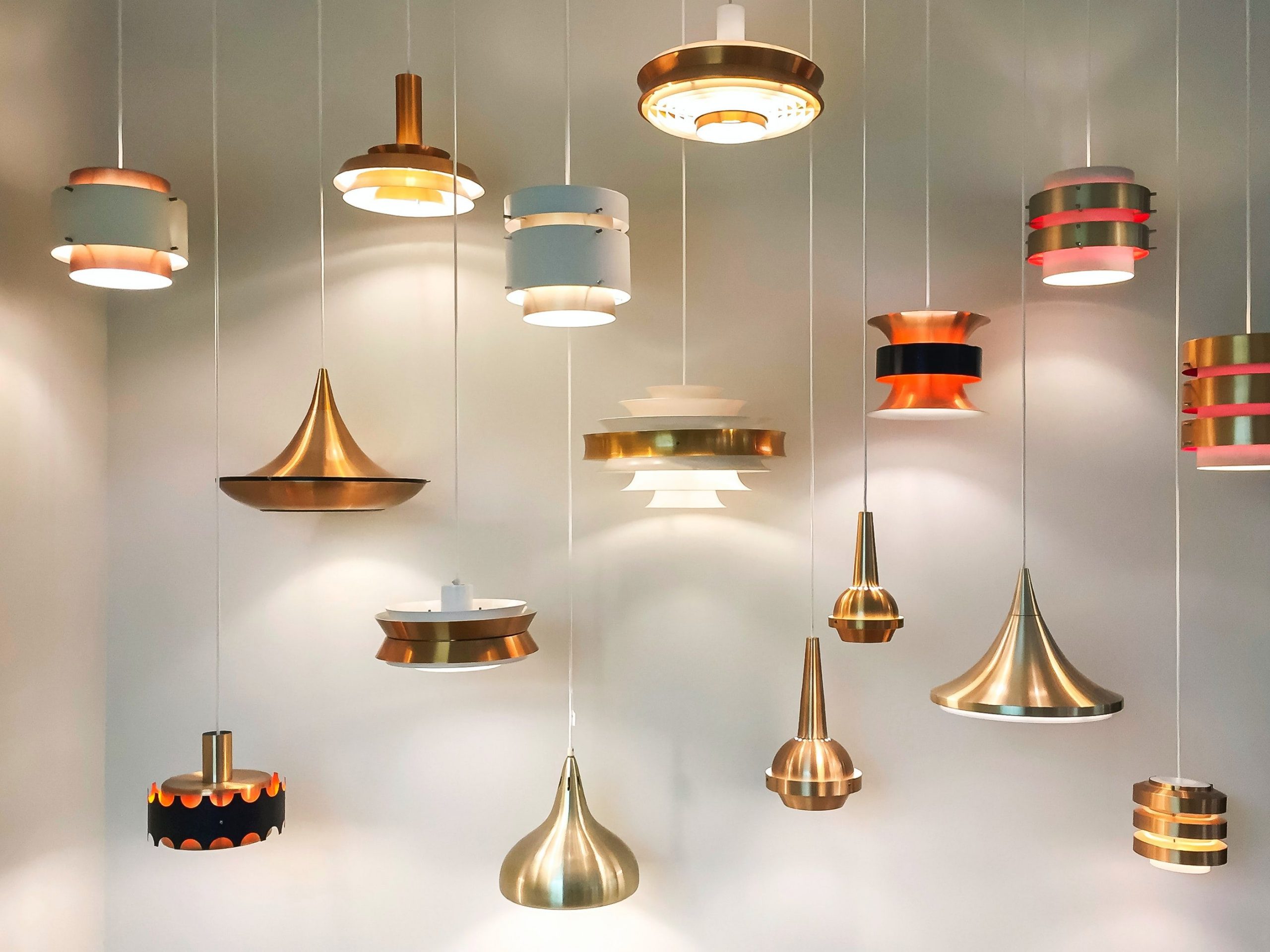These proposals give the lighting and electronics industry much-needed direction to help designers create healthier settings and improve how we light our workplaces, public buildings, and homes.
Also Read|Stretch your way to a healthy gut- Asanas to incorporate in your routine
Our physiological rhythms are greatly influenced by the light we encounter in our daily lives. Electric sunshine can interrupt sleep and have a detrimental influence on one’s health, well-being, and productivity if it is available 24 hours a day. However, a recent study looked at how bright lighting should be throughout the day and at night to maintain healthy body rhythms, peaceful sleep, and daily alertness.
Also Read|What is face yoga? Know its technique, benefits
The study was published in the journal, ‘Plos’.
Professors Timothy Brown of the University of Manchester in the United Kingdom and Kenneth Wright of the University of Colorado Boulder in the United States convened an international group of leading scientists to develop the first evidence-based, consensus recommendations for healthy daytime, evening, and nighttime light exposure.
Also Read|Heal your heels with these easy DIY tips
The new paper tackles a critical question: how to accurately evaluate the impact of different forms of lighting on our biological rhythms and daily sleep and wake patterns. Light impacts these patterns through a particular form of cell in the eye called melanopsin, which is different from the proteins that support vision in the rods and cones (and upon which traditional ways of measuring “brightness” are based).
The revised recommendations used a newly designed light measuring standard customised to this unique feature, melanotic equivalent daylight illuminance because melanopsin is most sensitive to light in a specific portion of the optical spectrum (blue-cyan light). Data from a variety of lab and field experiments showed that this novel measurement method might give a reliable way of forecasting the effects of light on human physiology and body rhythms, and hence could serve as the foundation for universally applicable and useful recommendations.
Also Read|Table mat or wall art: Use your stained Holi clothes creatively
Integration of the ideas into formal lighting guidelines, which presently focus on visual needs rather than consequences on health and well-being, will be a critical next step. Additionally, as LED lighting technology advances and low-cost light sensors become more widely available, individuals should be able to more easily regulate their light exposure to best support their body rhythms following the new recommendations.
Also Read|Holi 2022: Try these healthy festive delicacies to avoid those extra calories
Brown stated, “These guidelines are the first quantified scientific consensus on acceptable daily light exposure patterns to maintain healthy body rhythms, nighttime sleep, and daytime alertness. This provides a clear foundation for how we light any interior area, including workplaces, educational institutions, and healthcare facilities, as well as our homes.”
Also Read|World Sleep Day: Here’s what your sleeping position says about your personality







